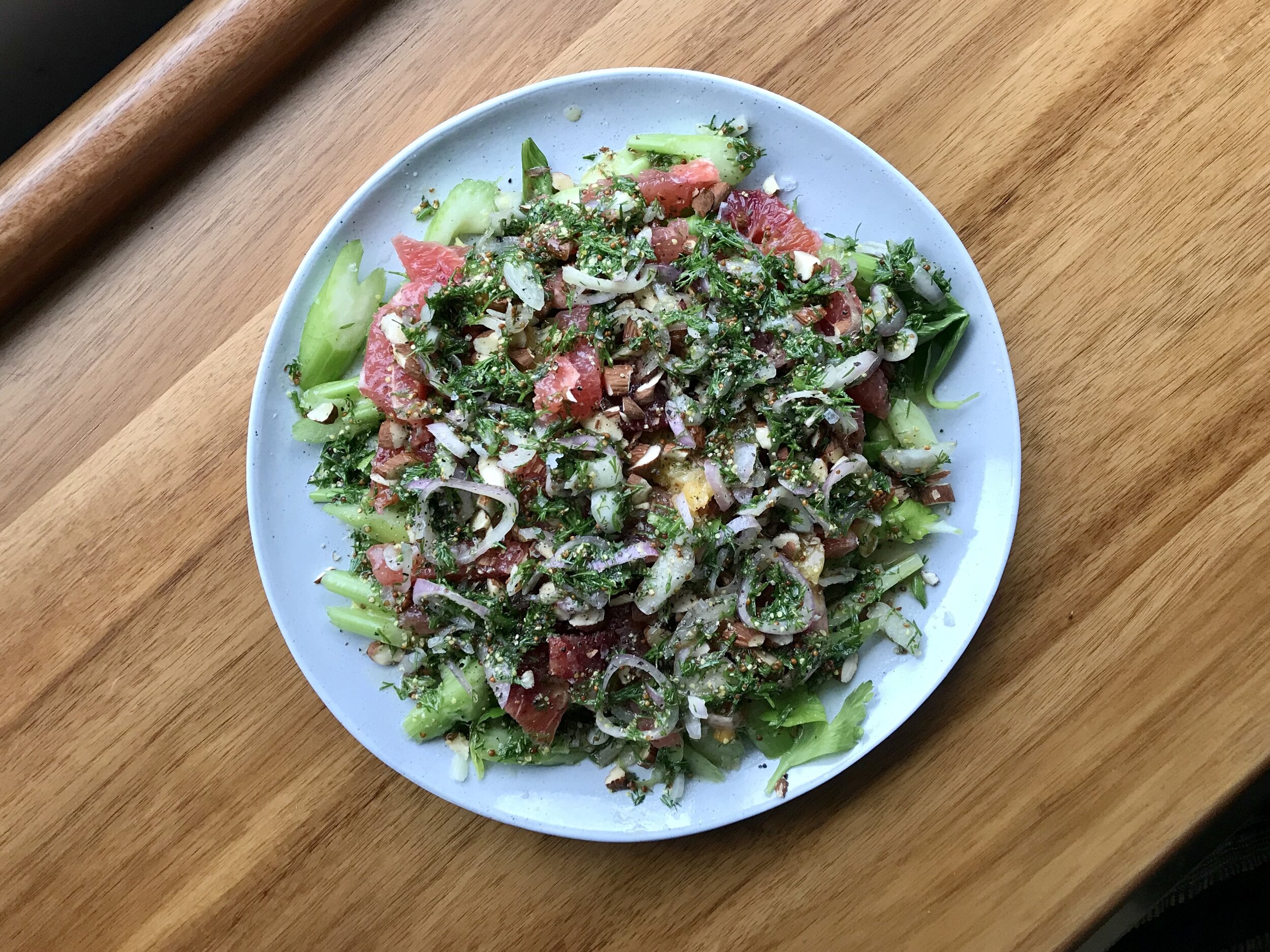If You Like Sancerre...
Listen, we get it—it’s hard to find new wines you like. There’s a price associated with trying new things, and after a long day, you just want some insurance that you’re going to like what you put in your glass. Let us help you. With “If You Like…” we’re serving up suggestions based on things you already know.
Today, it’s all about Sauvignon Blanc.
First things first. Are Sancerre and Sauvignon Blanc the same thing? Yes and no. Sancerre is a region on the Loire Valley of France that makes Sauvignon Blanc. If you ever see a bottle labeled “Sancerre” then you know it’s zippy, green, bright Sauvignon Blanc. Sancerre has become increasingly popular in the US, and it can cost a pretty penny for white wine. (~$25)
So, if you like Sancerre—but don’t want to spend the money—you’ll probably like Pouilly-Fume, Reuilly, Quincy, Touraine and other Loire Valley Sauvignon Blanc.
What are all those wines? Pouilly-Fume, Reuilly, etc, are all regions that produce Sauvignon Blanc—just like Sancerre. Sancerre demands a big price tag because it is the most famous Sauvignon Blanc region in France—arguably in all of Europe—but these other neighboring regions produce very similar juice. If you check out this map, Pouilly-Fume sits across the river from Sancerre, Reuilly a little southwest, and Touraine due west. All of these places craft zippy versions of Sauvignon Blanc that a Sancerre drinker would enjoy.
Then why is Sancerre more well known? A Good Wine Professional™ would say it’s because of terroir—the complete natural environment in which a particular wine is produced. That signature Sancerre chalky-flinty soil, the cold temperatures of central France, the influence of the Loire river—they all help craft Sancerre. However, I’m a realist. Sancerre is more well known because someone at one point liked Sancerre. And then someone put it in their restaurant in Paris. And then another person liked it. And then it got good reviews from important publications. And decades later, the greater population doesn't know exactly why they are paying $30 for a bottle of Sancerre, only that they should if they want to be a Good Wine Drinker™.
So, should I not drink Sancerre? Oh hell no! Sancerre is delicious; singular and beautiful. However, you may not want to drink it on a random Tuesday. Random Tuesdays—in my house, at least—are made for a more price-approachable bottle.
Where should I look for these other Sauvignon Blancs? This likely isn’t your typical grocery store wine—unless your grocery store is fucking cool—but I bet you could find something to fit the bill at a Whole Foods or Co-Op situation. Just remember to ask the staff for help. Most grocery stores with cool wine programs have dedicated wine buyers, and they can help you find what you want.
Your best best may be to head to a specialty wine shop and ask them to help you pick out a great bottle. Don’t feel nervous, it’s literally what they are there for! Or, head over to your favorite French restaurant of choice and see if they have any on the menu.
How much should it cost? Somewhere between $10-20.
Any producers you suggest? There are countless small producers crafting delicious juice in the Loire Valley. So, here are some bottles I’ve had over the last few months—and what they cost:
Emile Balland Sauvignon Blanc en Attendant les Beaux Jours $11.99
Jolivet Attitude Sauvignon Blanc $14.99
Domaine de Reuilly Les Pierres Plates $19.99
Gaspard Sauvignon Blanc $16.99
Alain de la Treille Touraine Sauvignon Blanc $14.99
Domaine de Marce Oisly Coulee Galante $16.99
I’m sold. What should I pair with Loire Sauvignon Blanc? It’s citrus season! Make my favorite winter salad and drink zippy SB and think of warmer weather. Loire Valley Sauvignon Blanc works great with this recipe because of it’s green qualities (that herbaceous, vegetal note on the nose) and high natural acidity in the wine. The green of the SB matches the celery and dill in the salad, and all that rippin’ acidity matches the tart citrus.







